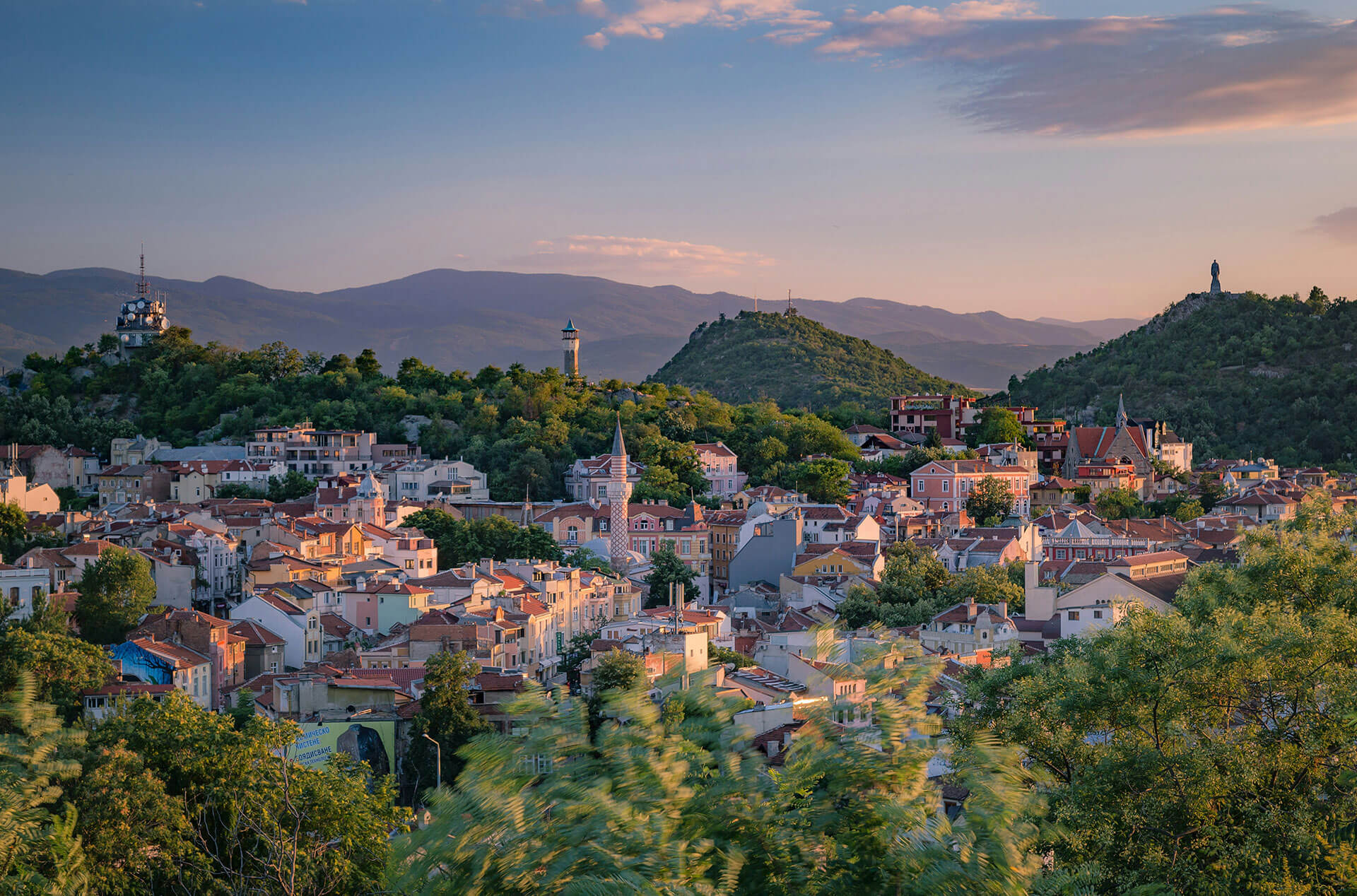
- On 23/08/2024
- In Blogs Travel Tips
- Tags:
Plovdiv, the Oldest City in Europe
Plovdiv, located in central Bulgaria, is recognized as one of the oldest continuously inhabited cities in the world and the oldest in Europe. With a history spanning over 6,000 years, Plovdiv is a unique historical and cultural centre that has witnessed various civilizations and historical epochs.
Source: findly.bg | Wikipedia
With an easy grace, Plovdiv mingles invigorating nightlife among millennia-old ruins. Like Rome, Plovdiv straddles seven hills; but as Europe’s oldest continuously inhabited city, it’s far more ancient. It is best loved for its romantic old town, packed with colourful and creaky 19th-century mansions that are now house-museums, galleries and guesthouses; according to Lonely Planet.
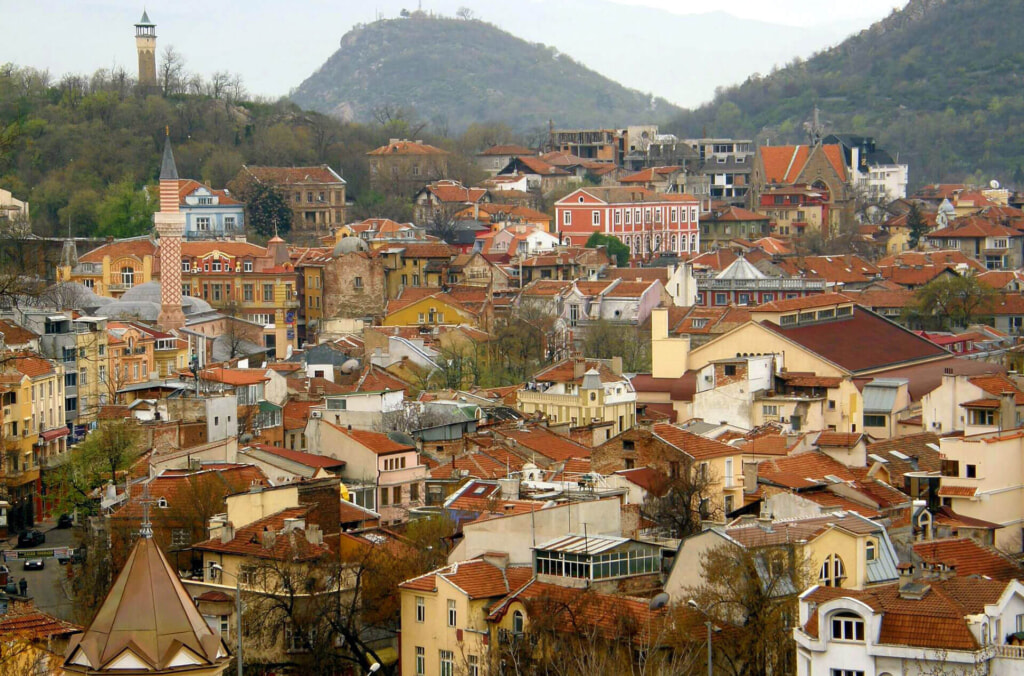
CNN — Bulgaria’s Plovdiv remains relatively unknown to most travelers, but it’s beginning to appear on more and more Balkan itineraries – and for good reason.
Situated between two vast mountain ranges along what in centuries past was a crucial inland route from Western Europe to Constantinople (Istanbul) and Asia Minor, Bulgaria’s second city has been held over the centuries by Thracians, Greeks, Romans, Byzantines and Ottomans.
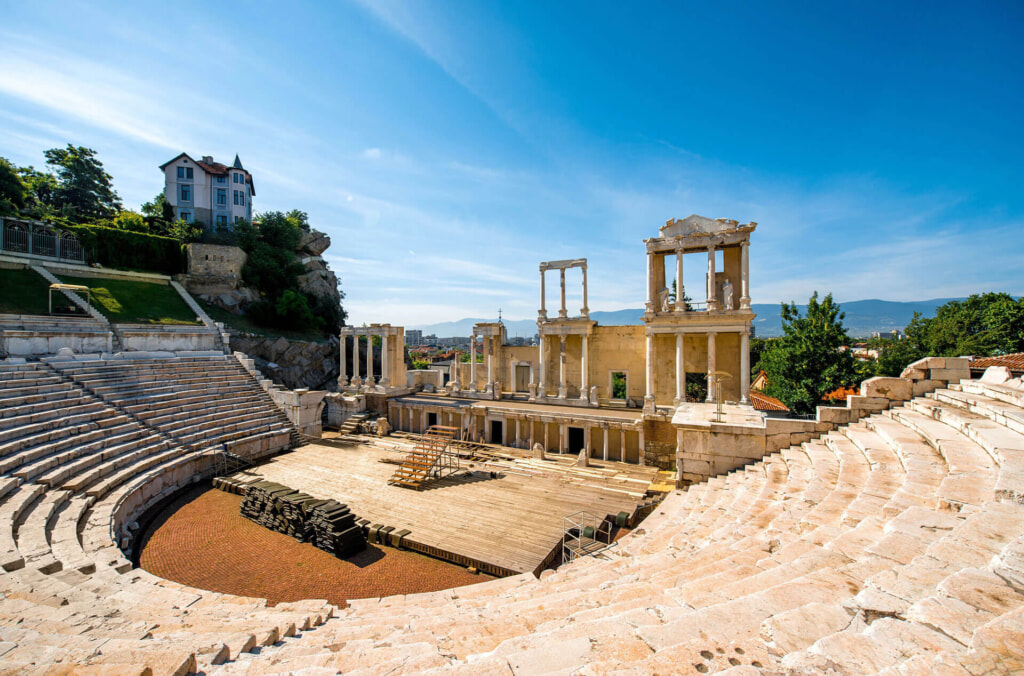
Remnants of these kingdoms and empires still survive in compelling proximity to one another, and the city’s various rulers have left their mark not only on its architecture, but also on its vibrant artistic and cultural life. Plovdiv is set to be the European Capital of Culture for 2019, and traveling there now offers the best chance of exploring before it becomes as famous as it deserves to be.
It’s one of the oldest cities in Europe: Plovdiv's ancient theater was built around 90 AD, when the city was an important Roman frontier town called Philippopolis. As recently as the 1970s, nobody knew a Roman theater was lying dormant beneath one of Plovdiv's hills -- but after a landslide uncovered it, it was expertly restored to its former magnificence.
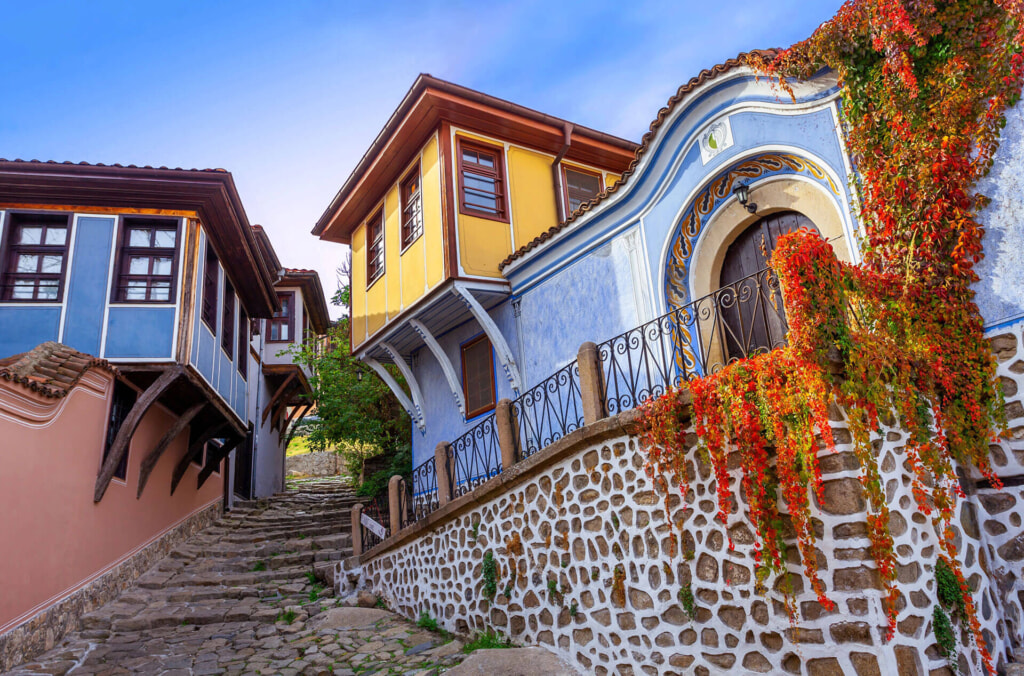
The sunset venues are endless
Public drinking is perfectly acceptable in Plovdiv, and many locals like to end their day with a beer atop one of Plovdiv’s several hills. The most popular venue is perhaps Nebet Tepe with its ruined fortress, but an even worthier location for watching the sunset is at the feet of Alyosha, a colossal statue of a Soviet soldier erected in the 1950s on a forested hill with panoramic views of the city.
It has the longest pedestrian street in Europe: Traffic noise is the very antithesis of aylyak – which is perhaps why Plovdiv boasts the longest vehicle-free pedestrian zone in Europe. The pedestrian promenade is the heart of the city, and on warm days it’s awash with shoppers, gelato-toting strollers, and grizzled buskers playing ditties on accordions or tamburas.
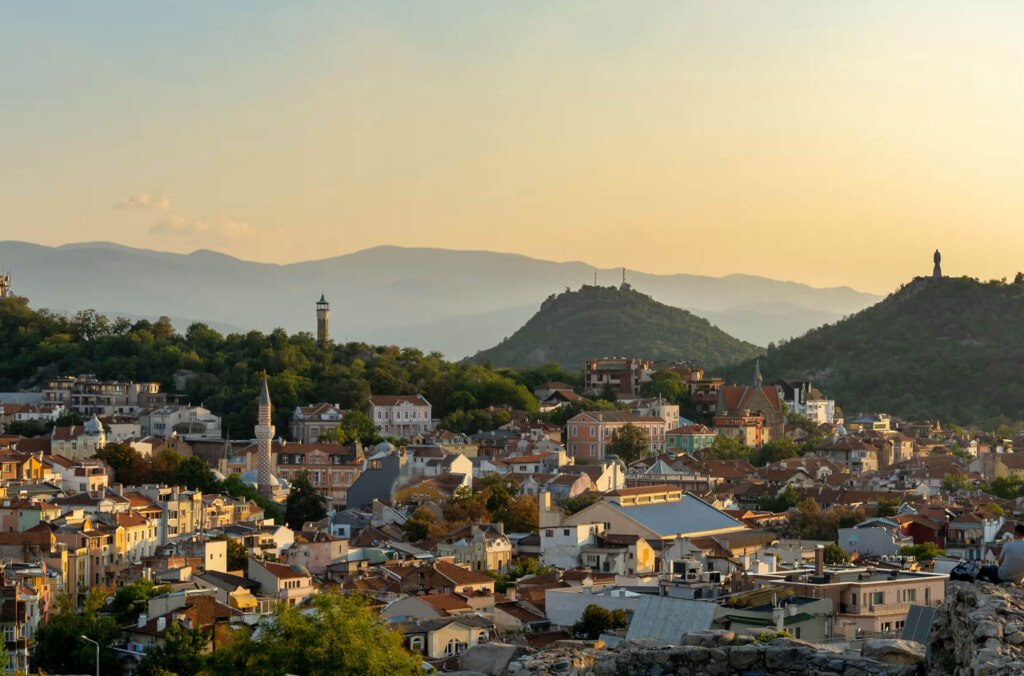
Ancient Origins and Thracian Period: Plovdiv was founded around 4,000 BC as a Thracian settlement known as Eumolpia. The Thracians, an ancient Indo-European people, built the first fortifications on the city's three main hills – Nebet Tepe, Dzhendem Tepe, and Taksim Tepe. The Thracians left numerous archaeological traces, including fortress walls and temples, which testify to their rich culture and religious practices.
Macedonian and Roman Period: In 342 BC, Plovdiv was conquered by Philip II of Macedon, the father of Alexander the Great, and was renamed Philippopolis. During the Roman period, the city thrived and became an important administrative and commercial center. The Romans called it Trimontium, meaning "City of the Three Hills." Many of the city's landmarks, such as the ancient theater and the Roman stadium, date from this period. The Roman theater is one of the best-preserved ancient theaters in the world and is still used for cultural events and performances.
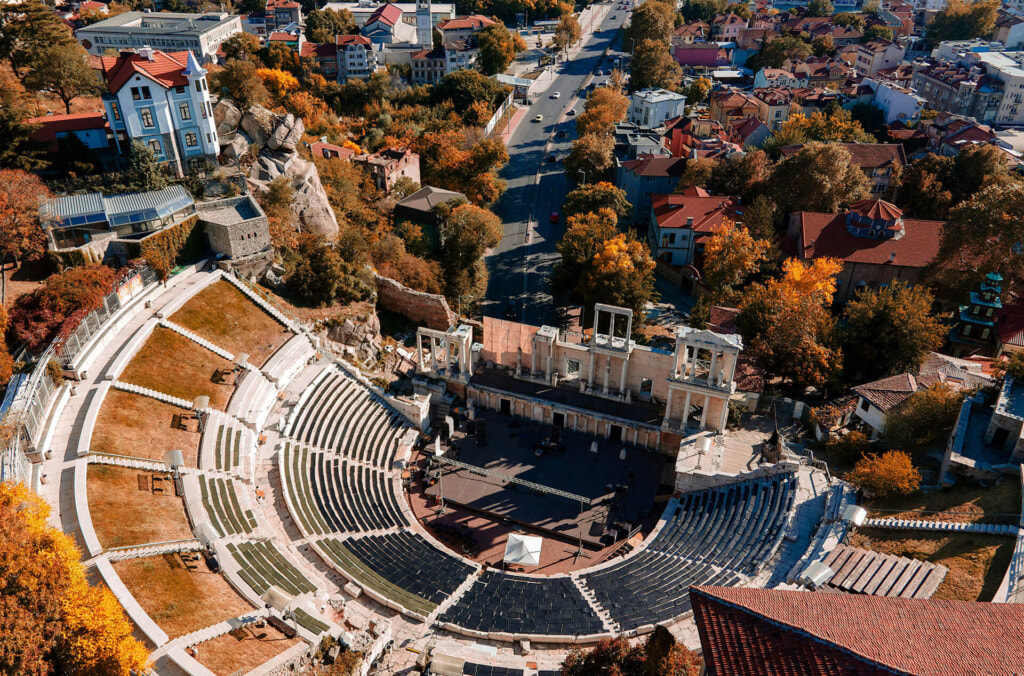
Medieval and Byzantine Period: During the Middle Ages, Plovdiv was part of the Byzantine Empire, and later the First and Second Bulgarian Empires. During this period, the city was known as Paldin and was an important cultural and religious center. The Plovdiv Eparchy is one of the oldest in Bulgaria, and many churches and monasteries were built in the region.
Ottoman Period: In the 14th century, Plovdiv fell under Ottoman rule and remained under Ottoman control for almost five centuries. The city was known as Filibe during the Ottoman period. Despite Ottoman influence, Plovdiv maintained its cultural and commercial significance. Many mosques, baths, and other public buildings were constructed, giving Plovdiv a distinctive oriental appearance.

Ancient Stadium of Philippopolis — The Stadium of Philippopolis was the ancient Roman stadium of Philippopolis (modern Plovdiv), built in the 2nd century AD, during the Roman imperial period. It is among the largest and best preserved buildings from the time of the Roman Empire in the Balkan peninsula. At the time the stadium was built, Philippopolis was the capital of the Roman province of Thracia.
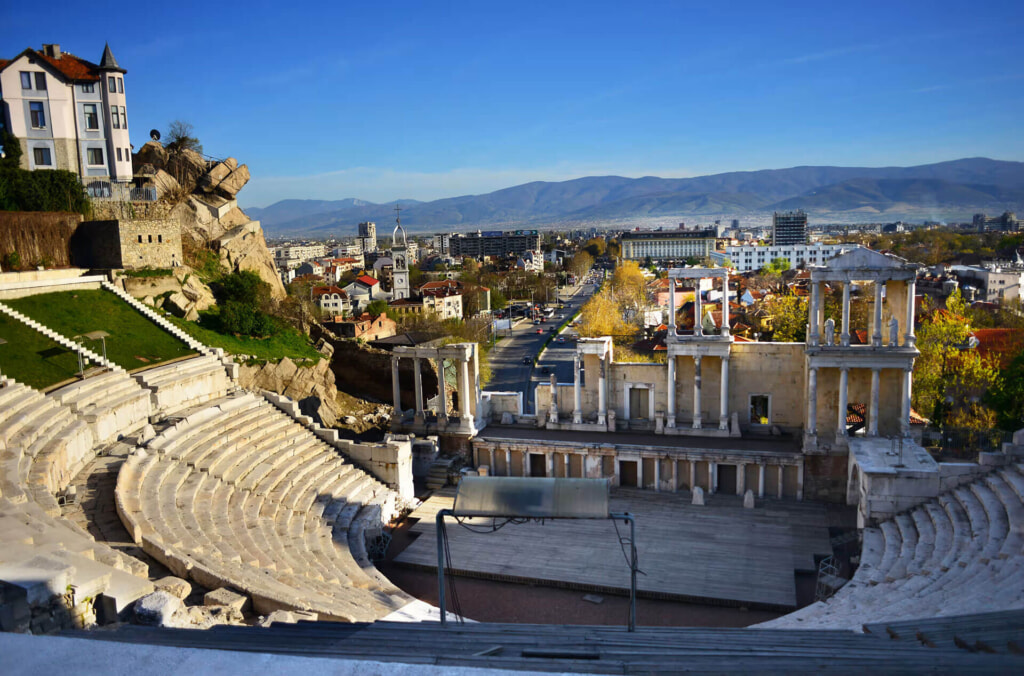
The stadium, approximately 250m (820 ft) long and 50m (160 ft) wide, could seat up to 30,000 spectators. Today, the northern curved part of the stadium (the sphendone) is partially restored and is one of the most recognisable landmarks of the city among the many preserved buildings from Roman times.
Landmarks: Plovdiv is a city with a long and rich history that offers a unique blend of antiquity and modernity. Its cultural and historical treasures make it one of the most interesting places to visit in Europe.
Nguyên Vỵ | Tạp chí Công Thương
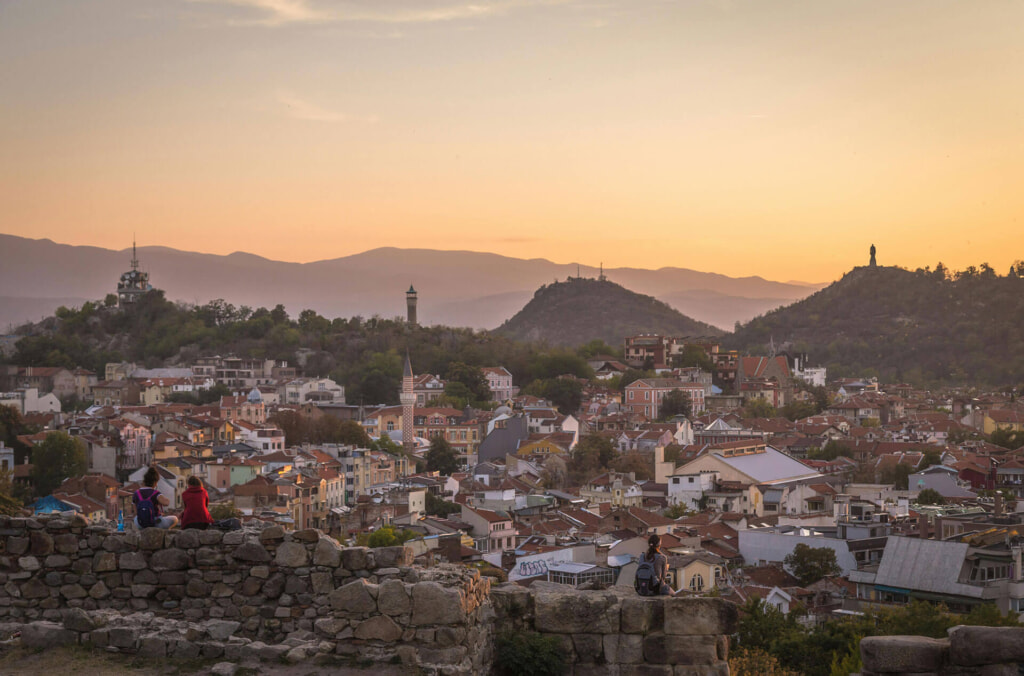
Thiên Xuân Travel – Live your travel dreams!
Park 2, 208 Nguyen Huu Canh Street, Ward 22,
Binh Thanh District, Ho Chi Minh City, Vietnam
📨 booking@thienxuantravel.com
☎️ +84 888 890 898 — 0938 558 228
Office in the United States
14114 Beech Glen Dr, Houston, TX 77083
☎️ +1 (281) 906-2744

